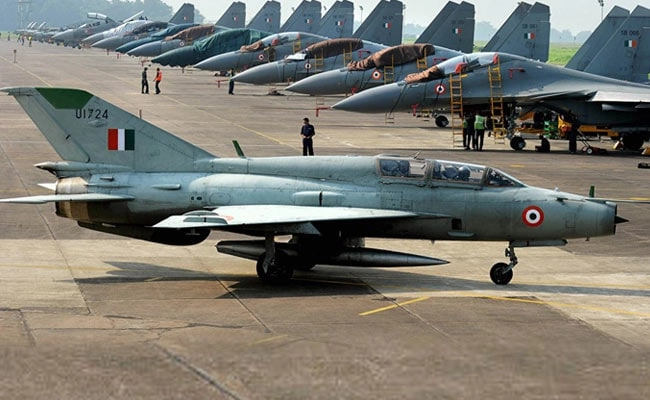The MiG-21, often dubbed the “Flying Coffin,” has garnered a reputation that many argue is unjust. This iconic aircraft, which first took to the skies in the 1950s, has been a staple of numerous air forces around the world for decades. While its design may seem outdated by modern standards, the label given to it often overshadows its historical significance and the context in which it operated. Experts argue that calling the MiG-21 a “Flying Coffin” fails to acknowledge the aircraft’s contributions and the evolution of its operational capabilities over time.
The MiG-21 has been a key player in various conflicts and has proven its worth in multiple roles, including ground attack and air superiority. It was designed during a period when speed and agility were paramount, and it was one of the first supersonic jets to be widely produced. The aircraft’s ability to perform in diverse environments and its relatively low cost made it an attractive option for many nations, especially during the Cold War. Although it may not possess the advanced technology of contemporary fighters, its simplicity and ease of maintenance have allowed it to remain operational in several air forces long after its initial production run ended.
Critics often focus on the safety record of the MiG-21, pointing to accidents and losses that occurred during its service. However, aviation experts emphasize that these incidents are not unique to this aircraft. Many older military jets have seen higher fatality rates, particularly in conflict zones where training and operational conditions can be less than ideal. The MiG-21’s performance and reliability in combat situations should be weighed against the backdrop of its operational context, including pilot training and support systems. Additionally, many of the MiG-21s that are still in service have undergone various upgrades, enhancing their flight systems and armament capabilities.
Ultimately, the narrative surrounding the MiG-21 as a “Flying Coffin” fails to capture the full picture. While it is true that the aircraft has faced challenges, it also possesses a legacy of resilience and adaptability. The MiG-21 has served as a bridge for many air forces transitioning to more advanced aircraft, and its impact on military aviation cannot be dismissed. As the MiG-21 approaches its final flights, it is essential to recognize its contributions to aviation history and understand that its legacy extends beyond the unfortunate moniker it has acquired.




